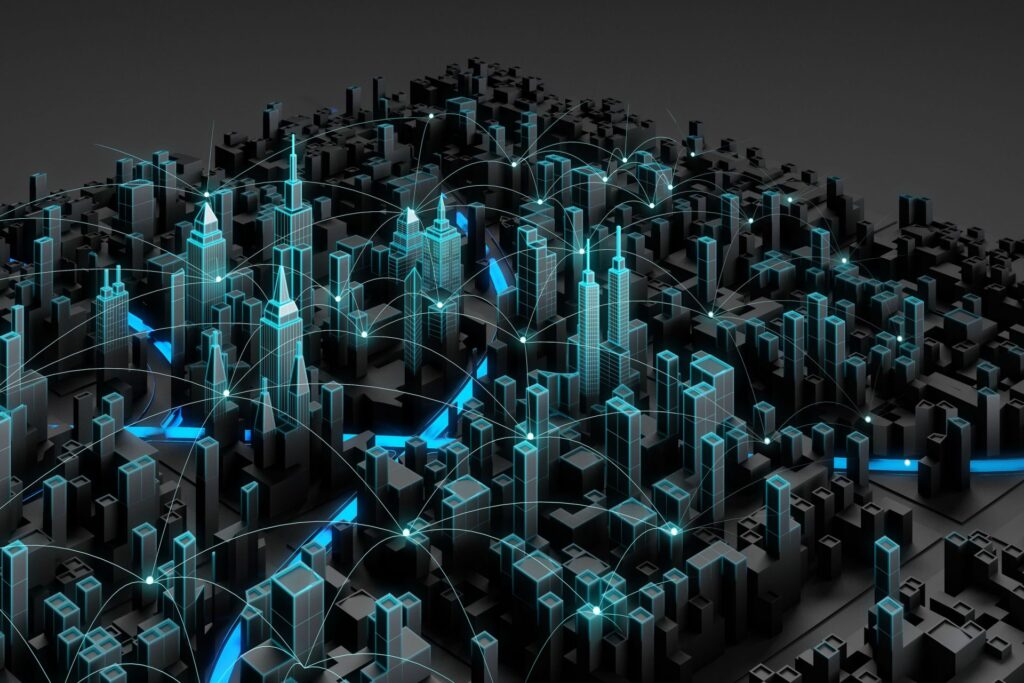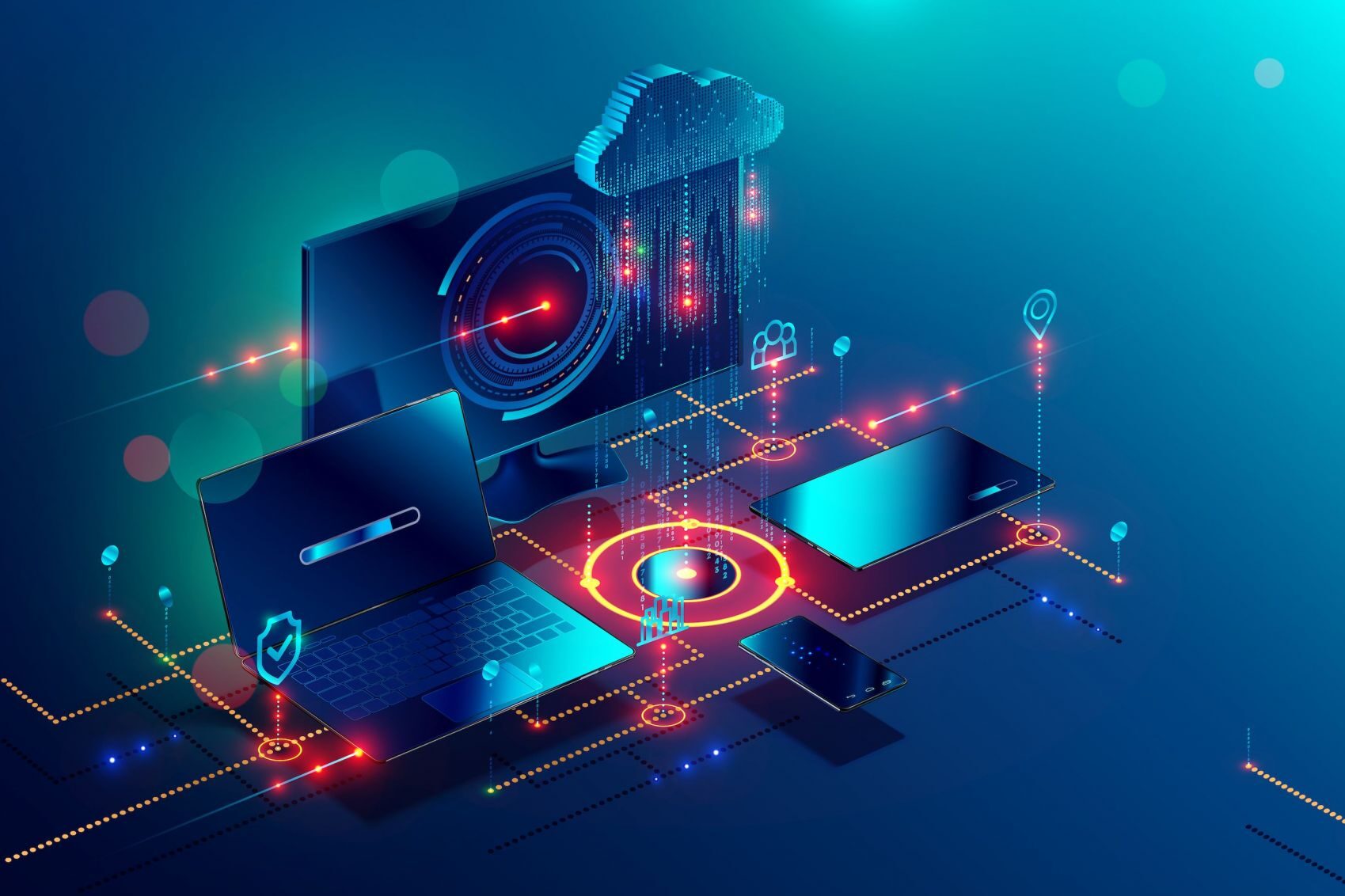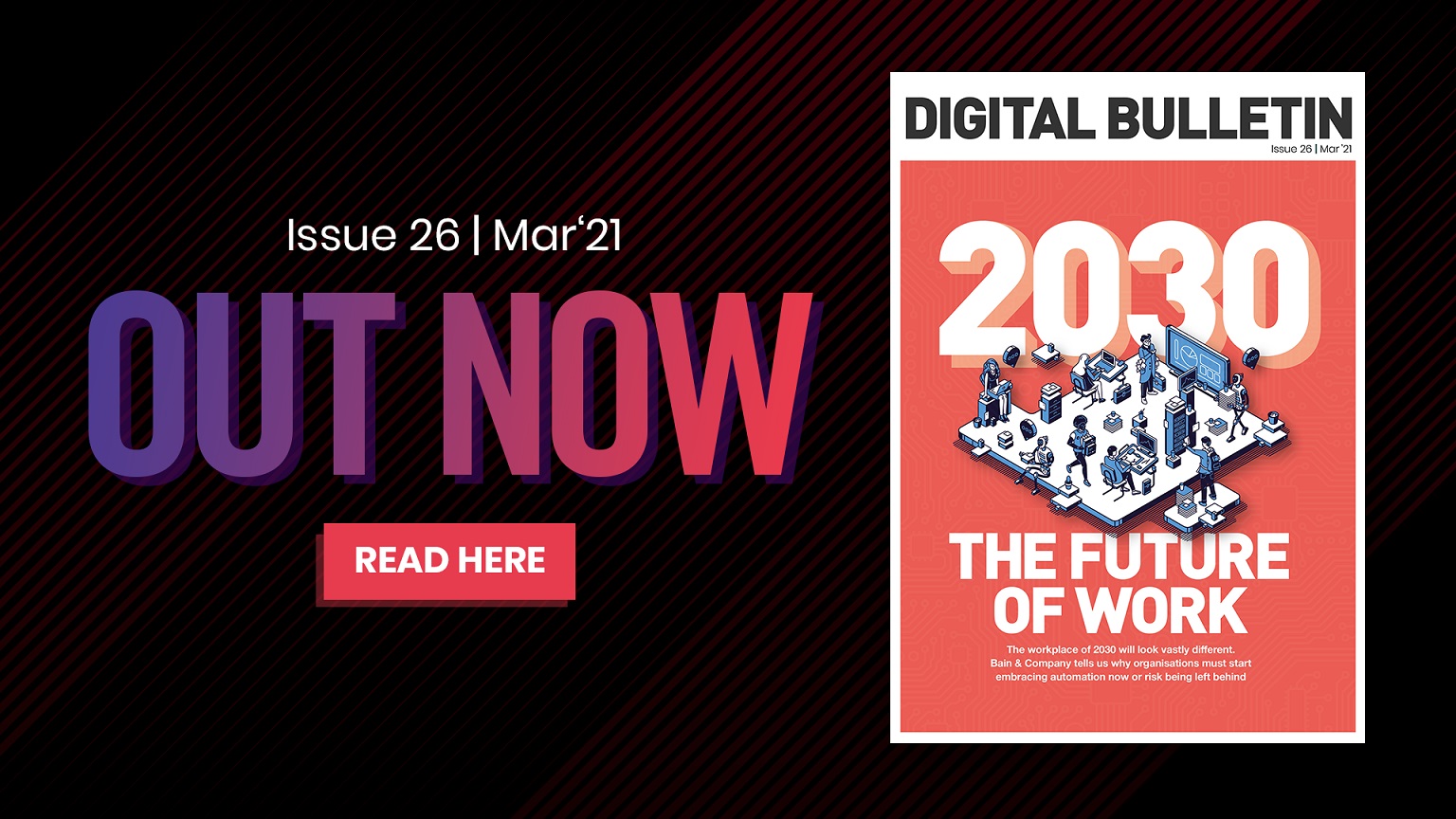
If two years ago globalisation and decentralisation were an undeniable market trend, the advent of COVID-19 has turned them into a reality. However, despite the distance that has separated teams and enterprises over the last 12 months, new technologies in the area of connectivity have been able to ensure communication and adaptability.
During this time, blockchain, 5G, Internet of Things (IoT), cloud and other solutions that provide for real-time services have proven to be key for future-proofing industry. Each day, more and more businesses are taking advantage of the benefits that these technologies provide to keep up with the changing times and market demands. Fujitsu is no exception.
As a company with over 85 years of experience, Fujitsu is no stranger to change. Over 2020, the Japanese multinational has been enabling remote working and helping companies overcome the challenges of the pandemic. But the virus has not stopped Fujitsu from expanding its products and services further into the connectivity area and developing innovative solutions to enable improved digital transformation initiatives.
But the best way of understanding customers’ needs is to just ask.
Fujitsu recently published Fragile to Agile, a report based on a survey of 750 international business leaders and IT decision-makers carried out over the last few months, on how organisations are responding to its latest challenges which have been accelerated by the pandemic. Overall, the results revealed that COVID-19 has prompted a complete restructuring of business activity and digital transformation initiatives.
“COVID caused the world to stop in its tracks,” says Brad Mallard, CTO for Digital Technology Services, North-West Europe, Fujitsu, and leader of Fragile to Agile. “It’s no surprise that most organisations are struggling to keep pace with market demands and customer expectations. Whilst many have pivoted and changed the way they operate, they now need to aggressively shift their focus, from reactively increasing resilience to proactively building an adaptive organisation.”
Fragile to Agile discovered that two thirds (64%) of the surveyed leaders are prepared to scrap their current transformation strategies and replace them with new ones that are able to adapt to the changing market demands. This feeling is enhanced within the UK and Ireland, where 70% of those surveyed admitted they need a drastic overhaul. Quality customer experience and operational resilience were overwhelmingly named as the top priorities to achieving agility.
“The big change initiatives that might have been multi-year before are all now expected to be delivered in days, weeks or months at maximum,” Mallard explains. “The pace and urgency of change against a backdrop of uncertainty and unpredictable government policy or market forces are still challenging businesses.
“Every organisation needs to transform. It’s how to enable your organisation with enough resources and the right structures to put the business and technology together and work with purpose against the business goals that are constantly changing. This move from a fragile, unpredictable state, to a point where people are embracing the agile mindset of, ‘let’s focus on the outcome and put the right people together with the right mindset to achieve that goal,’ is ultimately what we’re trying to move towards. And the answer is about cross-functional teams, embracing business- prioritised change and matching the decision-making pace and urgency that we saw a year ago during the outset of COVID-19.”
The goal is to enable a completely new way of working. And, although changing mentalities is a fundamental aspect of this transformation, technological innovations have also played a key role in enabling communication and collaboration. As a result, connectivity has become an overarching theme of the transition process.
“Cloud and connectivity, with things like 5G and IoT are prevalent in how companies modernise customer’s digital experiences,” Mallard says.
Fujitsu has been providing solutions for the telecommunications sector since the development of radio access networks infrastructure in 1995. Its remote radio unit (RU) became in 2004 the world’s first RU to be shipped and, since 2014, Fujitsu has supplied customer-specific frequency band combinations for dual- and triple-band applications. Now, the Japanese giant has turned its focus to 5G.
“Fujitsu has a long heritage in telecommunications and connectivity, and we still do,” Mallard explains. “5G provides really low latency and high bandwidth. It gives the opportunity for real-time services like we’ve never known before.”

Fujitsu has developed and supplied many of the leading telecoms organisations with open radio access units (RAN) which are fundamental for the integration and interoperability of 5G and allow any supplier and network to provide a consistent approach to connectivity. Although the provision of this type of equipment has seemingly been dominated by companies such as Nokia and Ericsson, Fujitsu has been expanding its reach since it set its view of 5G technologies back in 2019, and has no plans to stop any time soon.
Last December Fujitsu announced that its O-RAN compatible 5G RU had been selected by KDDI, one of Japan’s largest telecoms, for the construction of a virtualised base station for 5G commercial services in the country, with a roll-out predicted for the second half of the year. Moreover, earlier this month, Fujitsu and Xilinx announced a partnership for the deployment and management of 5G units and solutions in a new United States 5G network.
“But our focus is not just on hardware manufacturing,” Mallard stresses. “We’ve also built a co-creation space, which focuses on working with our customers to deliver new value, new insights and to give them an opportunity to think differently about their business. We’ve got a 5G-specific co-creation space in Kawasaki, Japan, which is all about reimagining customer experiences to create a compelling immersive experience; and 5G is really good at enabling that flexibility.”
As part of this co-creation philosophy, Fujitsu has partnered with Ericsson and several European organisations to provide technology hardware as well as the integration and management of 5G solutions in the manufacturing and automotive industries.
“We are doing quite a lot of proofs of value to look at how organisations can deploy private 5G networks to improve the management of IoT devices in their factories and create smart industry solutions,” Mallard says.
Fujitsu’s co-created solutions not only leverage 5G but also other technologies necessary to foster hyperconnected business, such as IoT. Fujitsu provides IoT solutions across sectors, from manufacturing to mobility and retail and logistics.
“IoT can be many things to many people,” Mallard says. “For example, we have got IoT services that are helping people day in and day out with digital ticketing. We are managing multiple different point-of-sale terminal devices and enabling people to transact on the move everywhere. We’ve also got IoT capabilities for water treatment and energy supplies, managing and securing multiple different devices wherever they are.”
Large utility companies, as well as telecommunications providers, have millions of devices that they need to monitor and protect. The rise of automation has brought about an increasing concern regarding cybersecurity, and Fujitsu is determined to provide its clients with the tools to ensure it.
COVID caused the world to stop on its tracks. It’s no surprise that most organisations are struggling to keep pace with market demands and customer expectations
“Operational technology is often a bigger risk factor than information technology, so it needs to be secure,” Mallard says. “At the moment, a lot of our focus is around ‘How do we provide that security and enable that capability so that clients can get the benefits of real-time services that IoT enables effectively?’”
However, the use cases of new technologies that provide real-time services, such as 5G, IoT and even cloud and AI go far beyond the monitoring of machines. They can also be leveraged to understand human behaviour.
“We have been working in our labs on technologies that map human behaviour from video feeds,” Mallard explains. “What that does is provide you with a real-time understanding of what people are doing, which can be used in the context of demonstrating compliance with a process or identifying crime.”
Fujitsu has been working with a leading security company to leverage AI to analyse CCTV feeds and predict when a person will attempt to commit a crime. The AI is able to identify suspicious behaviour in real-time, such as a person who walks down a street and suddenly stops, looks around, crouches down and extends their arms against a door. In this context, it would allow users to act before the suspect can break into a building.
“By identifying that chain of events you can proactively alert and catch criminals or operate in a particular way based upon the situation that you can observe, that today you couldn’t do,” Mallard says. “There just aren’t enough people to do that. IoT and 5G open up a world of more preventative and proactive services in many contexts, not just the security one.”

But Fujitsu’s partnerships do not solely span the enterprise world. In fact, Mallard’s responsibilities include overseeing the company’s collaboration with universities and research organisations across Europe to foster innovation and provide expert insight to clients.
Last June, Fujitsu announced a partnership with POLI.design, a key developer of Milan Polytechnic’s Design School courses. The collaboration includes a jointly-designed FUJITSU Human Centric Experience Design training curriculum, as well as a collaborative research project into the use of strategic design to create value for business and society. In addition, Fujitsu also several centres of excellence in various European cities, including one in Paris focused on AI and another one in Brussels specialised in blockchain.
“We embed academia into our organisation to help our customers understand their problems in a deep way and provide potential innovative solutions,” Mallard explains. “For example, in the UK we have run a co-creation session with a leading transport organisation, where we pulled together Fujitsu expertise from our distinguished engineer committee and an academic organisation called Nottingham Trent University, to look at suicide prevention. We brought in an academic expert on suicide prevention, who started a number of conversations that the customer hadn’t thought about before.”
COVID-19 has turned innovation from a target to a necessity. It has changed the way we work, and how companies conduct business. The world has become our office. Dispute the accelerated vaccination programmes, Mallard believes that the decentralisation of society is here to stay.
“The opportunity that COVID has introduced to overcome the challenge of digital skill is, on a global basis, to have a talent pool of experts everywhere that you can leverage and they can interact based upon the prevalence of modern tools and a decentralised society,” Mallard explains. “Blockchain, 5G, connectivity, technologies that are essentially on the cloud and allow you to work from anywhere, these are the technologies that underpin the decentralisation agenda.”



